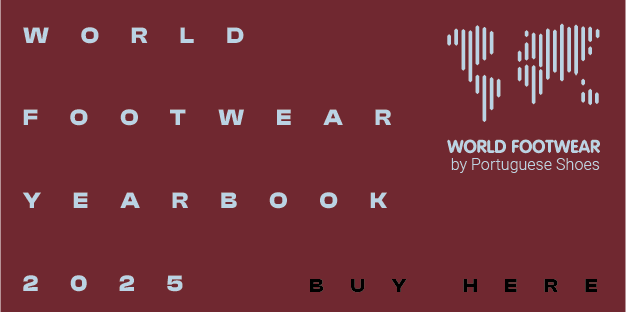New funding for Zimbabwe’s leather industry

The African Development Bank approved a new project for the country's beef and leather value chain
The Republic of Zimbabwe has received a grant from the African Development Bank’s Fund for African Private Sector Assistance and the Transition Support Facility Pillar III. The aim is to support the beef and leather value chain through a Technical Assistance Project.
According to the notice issued by the Bank: “The overall goal of this technical assistance project is to catalyze economic growth in Zimbabwe and contribute to addressing the country’s fragility and building of its resilience through supporting the growth of the beef and leather sub-sector value chain, with emphasis on value addition, resulting in the creation of employment, income growth, poverty reduction and achieving inclusive growth”.
A more specific objective of the project is to increase the overall competitiveness of the beef and leather value chain in pilot areas primarily through building stakeholder’s production capacities and enabling them to access local and export markets.
The project includes actions in the following components: stakeholder platform, business environment streamlining and reform, capacity building of key stakeholders, market access, access to finance, design of a livestock information and traceability system and project proposal preparation for critical infrastructure development.
According to the notice issued by the Bank: “The overall goal of this technical assistance project is to catalyze economic growth in Zimbabwe and contribute to addressing the country’s fragility and building of its resilience through supporting the growth of the beef and leather sub-sector value chain, with emphasis on value addition, resulting in the creation of employment, income growth, poverty reduction and achieving inclusive growth”.
A more specific objective of the project is to increase the overall competitiveness of the beef and leather value chain in pilot areas primarily through building stakeholder’s production capacities and enabling them to access local and export markets.
The project includes actions in the following components: stakeholder platform, business environment streamlining and reform, capacity building of key stakeholders, market access, access to finance, design of a livestock information and traceability system and project proposal preparation for critical infrastructure development.










